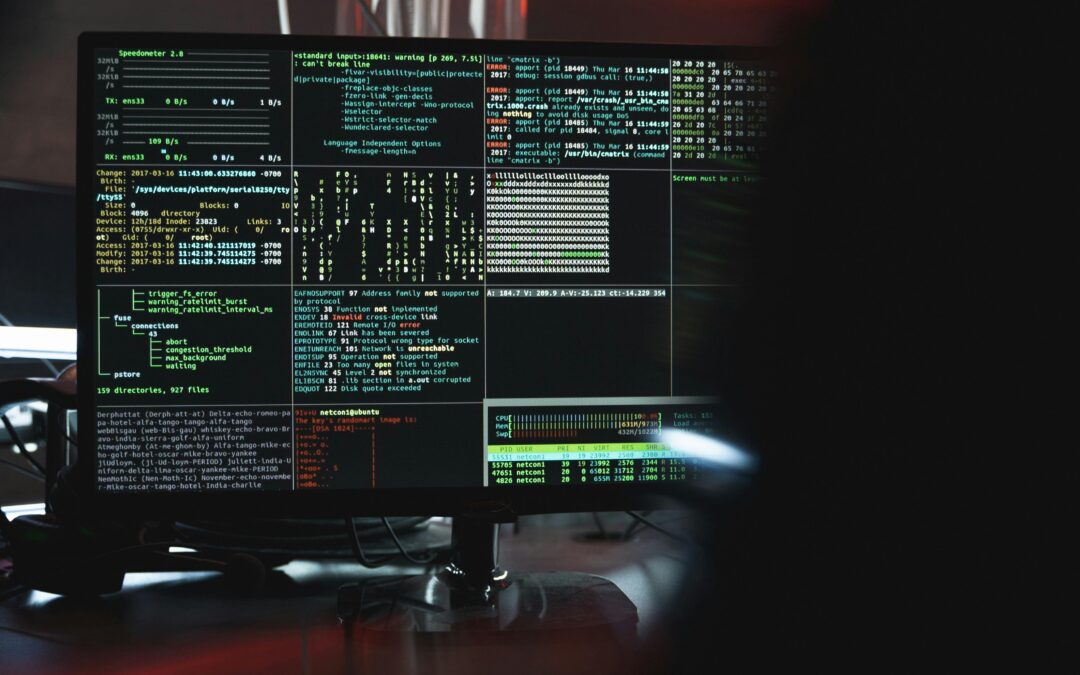The recent ransomware attack on the City of Oakland has highlighted the importance of robust cybersecurity measures. While it’s a complex situation, it’s also a preventable problem. Many businesses, including cities like Oakland, are not adequately prepared to fend off such attacks. However, with discipline and the right plan, businesses can harden their defenses against these cyber threats. Here’s a high-level guide to essential cybersecurity measures every business should have in place:
1. End-user Training and Testing: Services that offer monthly training videos, and periodic test-emails to your employees should be used. People are the weakest link in the chain, because we can be conned and we’re in too much of a hurry. Training helps raise awareness to catch problems before they start.
2. Two-factor Authentication (2FA): This requires a user to provide two authentication factors to verify their identity when logging in, typically a password and an SMS or one-time email code.
3. Multifactor Authentication (MFA): Similar to 2FA, MFA usually employs an authenticator to provide a six-digit time-based code for website authentication.
4. Password Complexity: Passwords should be more than 12 characters long, include all four character sets, and the longer, the better.
5. Unique Passwords: Using the same password for everything is a gift to hackers. Always use unique passwords.
6. Password Management: Consider using a password manager like 1Password, Keeper, or LastPass to safely store the multitude of passwords needed in the digital age.
7. DNS Filtering: This system checks the address of a website your system wants to visit against a database of harmful sites. It’s a must-have for ransomware defense.
8. Standard vs Administrator Permissions: Limiting administrative access to computers can prevent hackers from gaining full control if they infiltrate your system.
9. Content Filters: These work with DNS filtering to prevent employees from visiting harmful or inappropriate websites.
10. Active and Updated Antivirus: Every computer should have this, no exceptions.
11. Back-end Scanning Tools: These tools can detect ransomware in your system and isolate the affected computer to prevent the malware from spreading.
12. Centralized Data Storage: Keeping your data in a central location simplifies the backup process.
13. Workstation File Backups: Regular backups can save you from a world of hurt in the event of a ransomware attack.
14. Server Image-based Backups: If a server becomes infected, you can wipe it and restore it from an image-based backup taken before the infection.
15. Email Spam Filters: An important, if imperfect, defense against phishing emails and other malicious spam.
16. Notices of External Email Senders: Noting when an email comes from outside the organization can help prevent scams that cost businesses thousands to millions of dollars.
17. Documented and Communicated Processes: Have a plan for dealing with phishing emails, suspicious emails, ransomware attacks, etc.
18. Internal Network Scans: Regular scans can identify vulnerable systems, like workstations, printers, and IoT devices, so you can secure them.
Remember, cybersecurity is not just about having the right tools; it’s about using them effectively and consistently. Stay safe out there!

